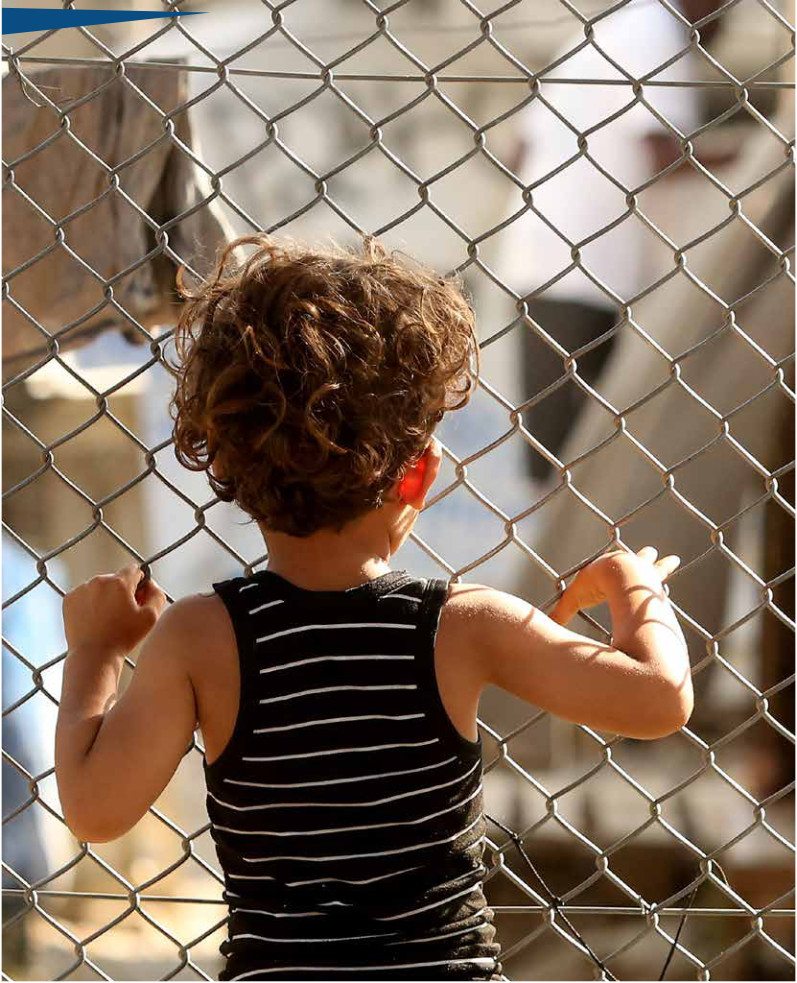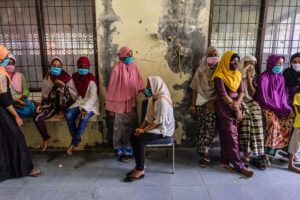FACILITY NAMES
Alternative Names: Saf Barracks / B Block / C Block / Warehouse
Location
MANAGEMENT & BUDGET
DETAINEES
Categories of detainees
SIZE & POPULATION
Capacity (specialised migration-related facility)
LENGTH OF DETENTION
OUTCOMES
CONDITIONS
CARCERAL INDICATORS
SEGREGATION
CELLS
HEALTH
MONITORING & ACCESS
Monitors & Civil Society Access
NEWS & TESTIMONY
2023
“In 2023, a dedicated Female Section was opened in the Safi Detention Centre. However, it was never accessed or seen by NGOs or lawyers visiting the Centre. NGOs visiting detention noted that they were mostly unaware of the presence of women in detention. Newly-arrived single women were hardly ever detained in Safi Barracks, the detained women generally being those arrested on the territory with a view to their removal. No information of their presence in Safi was formally provided to NGOs, and they were not referred to NGOs for the provision of services.”




